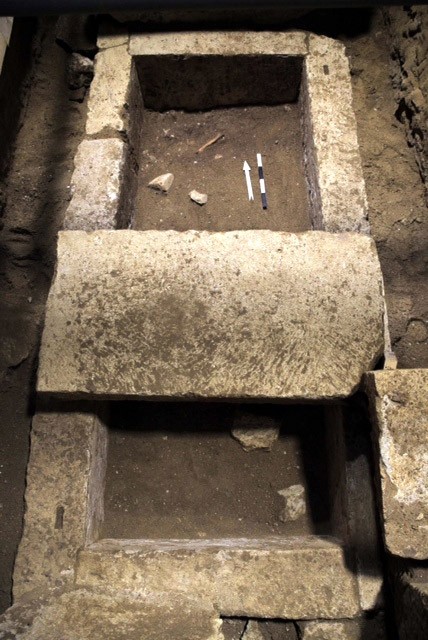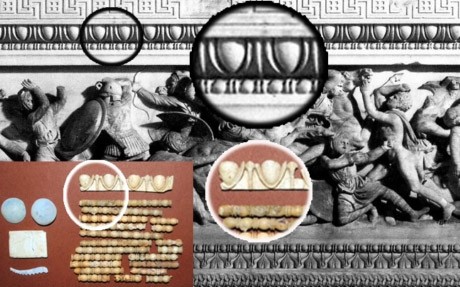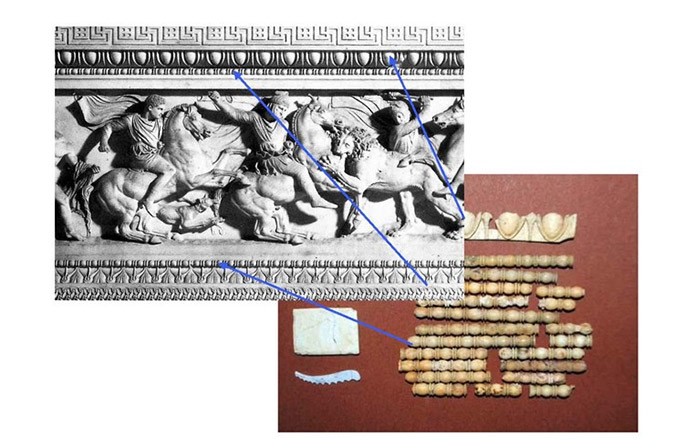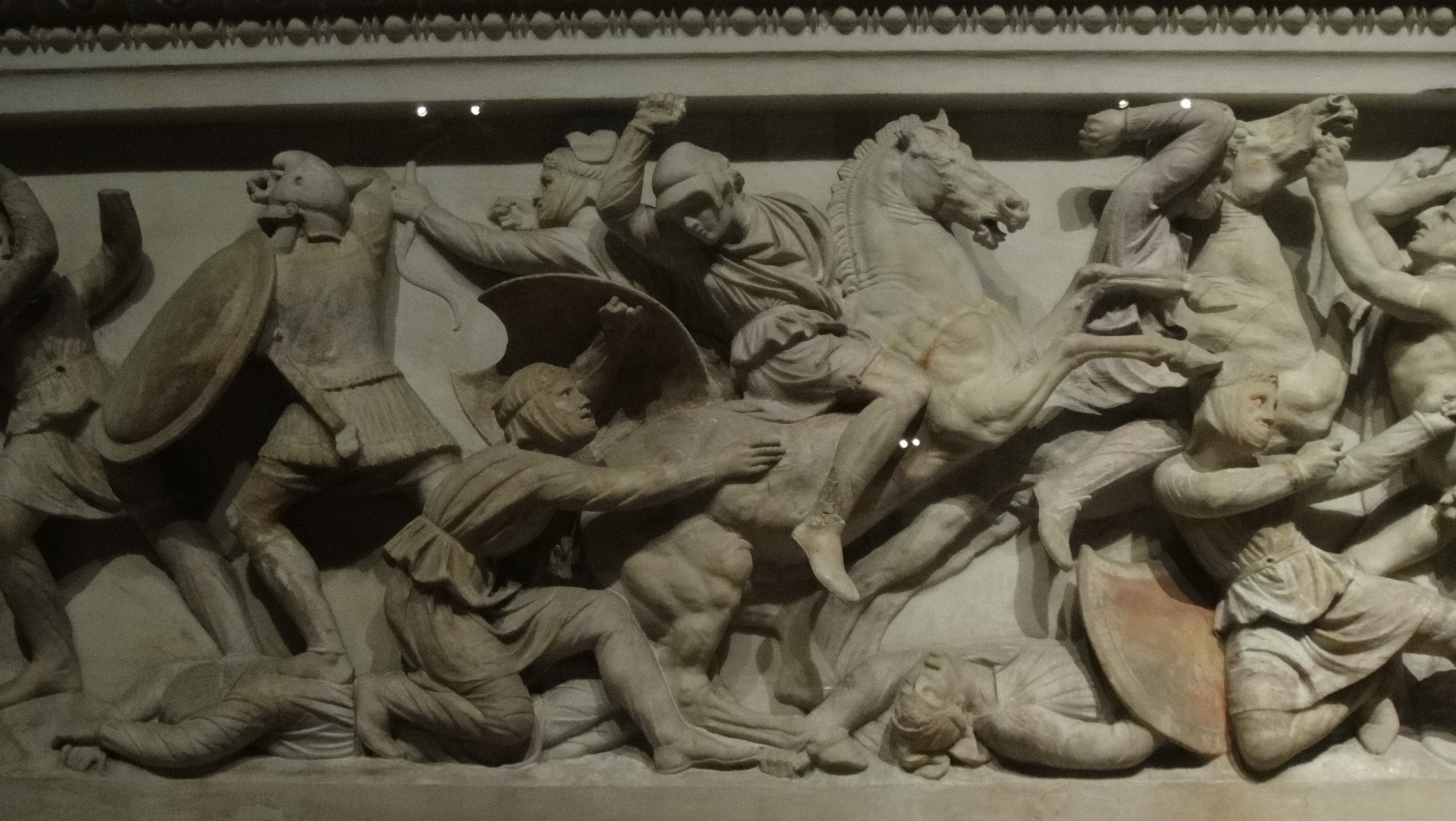International interest is focused on the find of the skeleton at Amphipolis with the impressive finds causing a plethora of speculation coupled with admiration. The Washington Post’s article titled “Skeleton Could Solve the Riddle of the Tomb” expressed the sentiment of most of the international media that is closely watching the developments unfold and hoping that the skeleton could finally reveal the owner of the opulent tomb that has drawn the limelight since last August.
Transfer of the bones

Daily newspaper Eleftheros Typos states that the transfer of the bones was an arduous task because the skeleton was fragile and because the labwork requires as little interference as possible. The human remains were removed along with the surrounding soil, remaining untouched by human hands. They were placed in nylon bags and moved to the archaeological Museum of Amfipolis.
The removal of the soil from the skeleton will take place at a special lab where the DNA will be analyzed for a clearer indication of the identity of the person whose bones were found.
The limestone sarcophagus

The rectangular stone sarcophagus has also drawn attention as it bears incredible similarities to the so-called Alexander Sarcophagus dated at the late 4th Century B.C. with adornments of bas-relief carvings of Alexander the Great. the work, celebrated for its high aesthetic achievement, is displayed at the Istanbul Archaeology Museum.
It was originally thought to have been made for Abdalonymus (died 311 B.C.), the king of Sidon, but is now believed to be linked to General Laomedon. The technique of the two sarcophagi bear similarities.





































